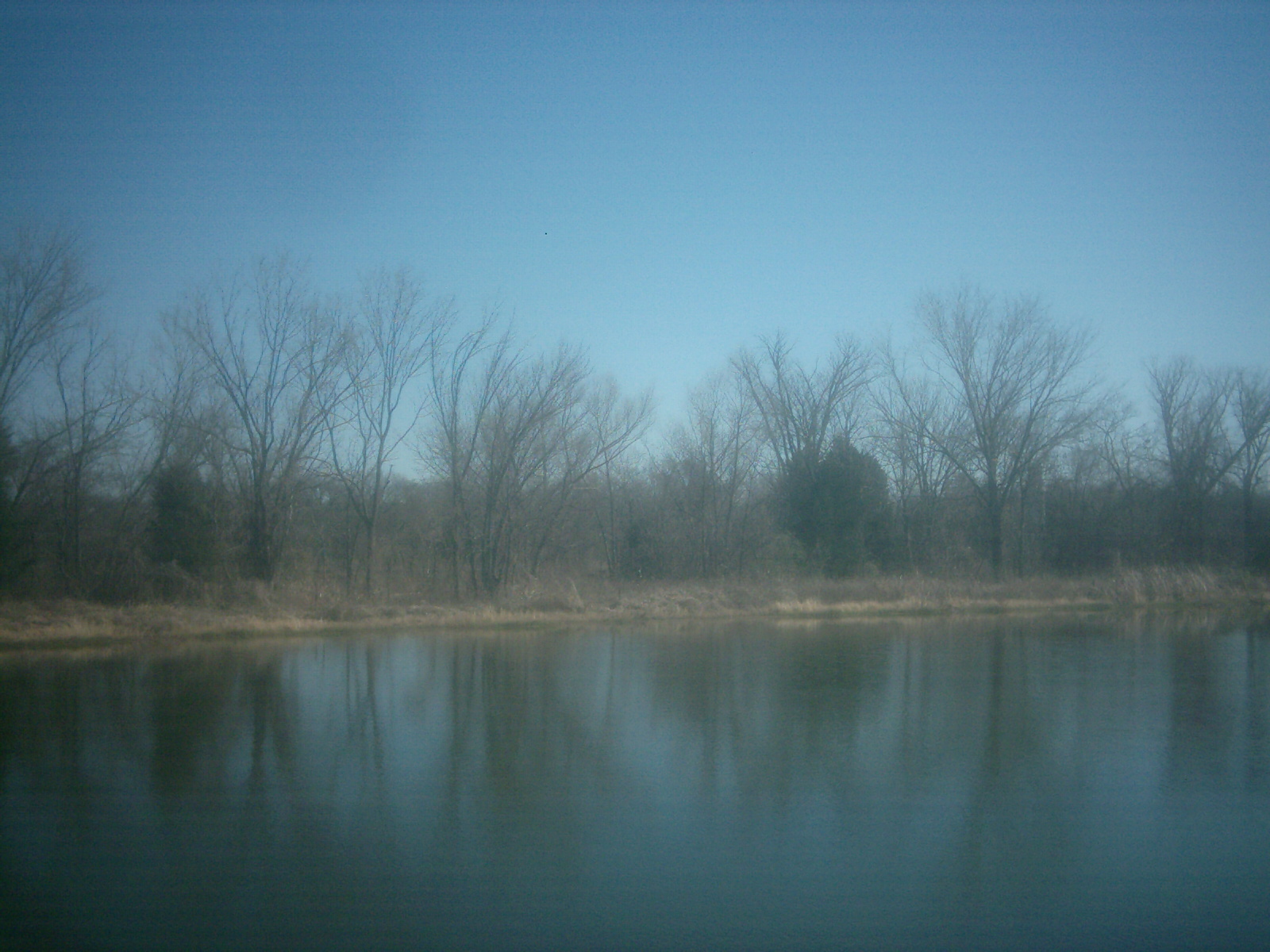Once a year, I lead an outdoor conservation and travel camp for high school students through the Trinity River Audubon Center it never fails that several other visitors will ask what kind of group we are.
As children of color led by adults of color in outdoor recreation, it is not surprising that our presence causes confusion and curiosity by the more traditional park-goers, mainly white. The likely conclusion for them is that we must be one of those wilderness therapy groups that serve as juvenile intervention for troubled youth.
The fact that our group can beg so much attention from others brings to light a more crucial issue within the environmental movement that will determine the continuity and sustainability of its future. The movement is severely lacking in diversity, a problem rooted deep in its history.
More than a century ago, environmental heroes like John Muir, Teddy Roosevelt, and Aldo Leopold created a catalyst for men to see communing with nature as a way of defining their manhood.
More than a century ago, environmental heroes like John Muir, Teddy Roosevelt, and Aldo Leopold—and the romanticizing of wilderness through art, poetry, essays, and music—created a catalyst for men to see communing with nature as a way of defining their manhood. Exploration, solitude, and game hunting became the foundation for saving and preserving nature. But for whom was nature being saved?
The framing of the enjoyment and preservation of wild space was focused on white, privileged men who were financially secure enough to utilize the outdoors solely as leisure and clashed with the needs and rights of many others, including communities of color.
Take the efforts of organizations like the Boone and Crockett Club and the Audubon Society to regulate hunting and fishing rights. Licenses suddenly had to be purchased in order to hunt and fish and those licenses were too expensive for the poor and disenfranchised, leaving them without a livelihood or food.
For American Indians, years of dealing with broken treaties culminated in a landmark case in 1974 after two men, Fred and Mike Tribble from the Lac Courte Oreilles Band, were arrested for ice fishing on an off-reservation lake. The Tribbles lost their case and it took until 1983 for a court of appeals to overturn the decision. Still, I can vividly remember the contention during the ’80s and ’90s as reserved hunting and fishing rights were affecting my own family’s American Indian community in Minnesota. The ugly phrase “save a walleye, spear a pregnant squaw” resonated throughout my childhood.
Some may be shocked to learn that the beloved Central Park in New York City is another prime example. Many communities of color resided in places within the proposed site for Central Park, like Seneca Village, a primarily African-American community, one of the few places that blacks could own land and property at the time. Although it was a thriving community with churches, businesses, and schools, Central Park supporters labeled it as a wasteland. It was also claimed by supporters that if the land was left undeveloped, undesirable people and businesses would overrun it. By 1855 Seneca Village had been destroyed to make way for the park, a place largely visited by white people or privilege.
This kind of disruption and removal of communities of color using eminent domain was common across America. Even after the erection of city parks, referendums were passed in cities like Dearborn, Michigan, and Gary, Indiana, in order to deny people of color access to the parks and their amenities. Over time, condoned violence from white citizens and law enforcement created a culture of fear around park use.

Exclusion is not the intended outcome of the modern environmentalism movement. But by utilizing paradigms shaped from the 19th-century white male perspective, that fact remains irrelevant to many communities of color; their environmental history is filled with struggles for human rights like health and access to open space and natural resources.
That is why many people of color are stepping up to lead environmental efforts relevant to their communities, even though they are often severely under-funded compared to mainstream environmental groups. The Environmental Justice Resource Center has compiled a list of over 400 people of color leading environmental groups that are active in the United States and Puerto Rico, a figure that has doubled since 1992. In 1991, the first National People of Color Environmental Leadership Summit was held in Washington, D.C.; it reconvened in 2002. These summits offer a growing network of delegates that work to create a more equitable environmental movement through education, policy, and social justice.
And fortunately, more environmental organizations in general are starting to recognize the need for diversity. There are new organizations that aim to build more diverse communities for environmentalism, like the Center for Diversity & the Environment. The North American Association for Environmental Education recently said its mission includes the belief that increasing diversity is critical.
As the education director for the Trinity River Audubon Center, I have been able to increase diversity and inclusion within the movement by hiring a highly qualified and diverse staff to provide programming for unserved youth. My goal is to create an environmental movement that is inclusive of everyone so that in the near future, a group of people of color in the woods will no longer be seen as an oddity. Until that day, my students will continue to blaze trails, paddle rivers, and climb the mountains necessary to lead the environmental movement into the future.





